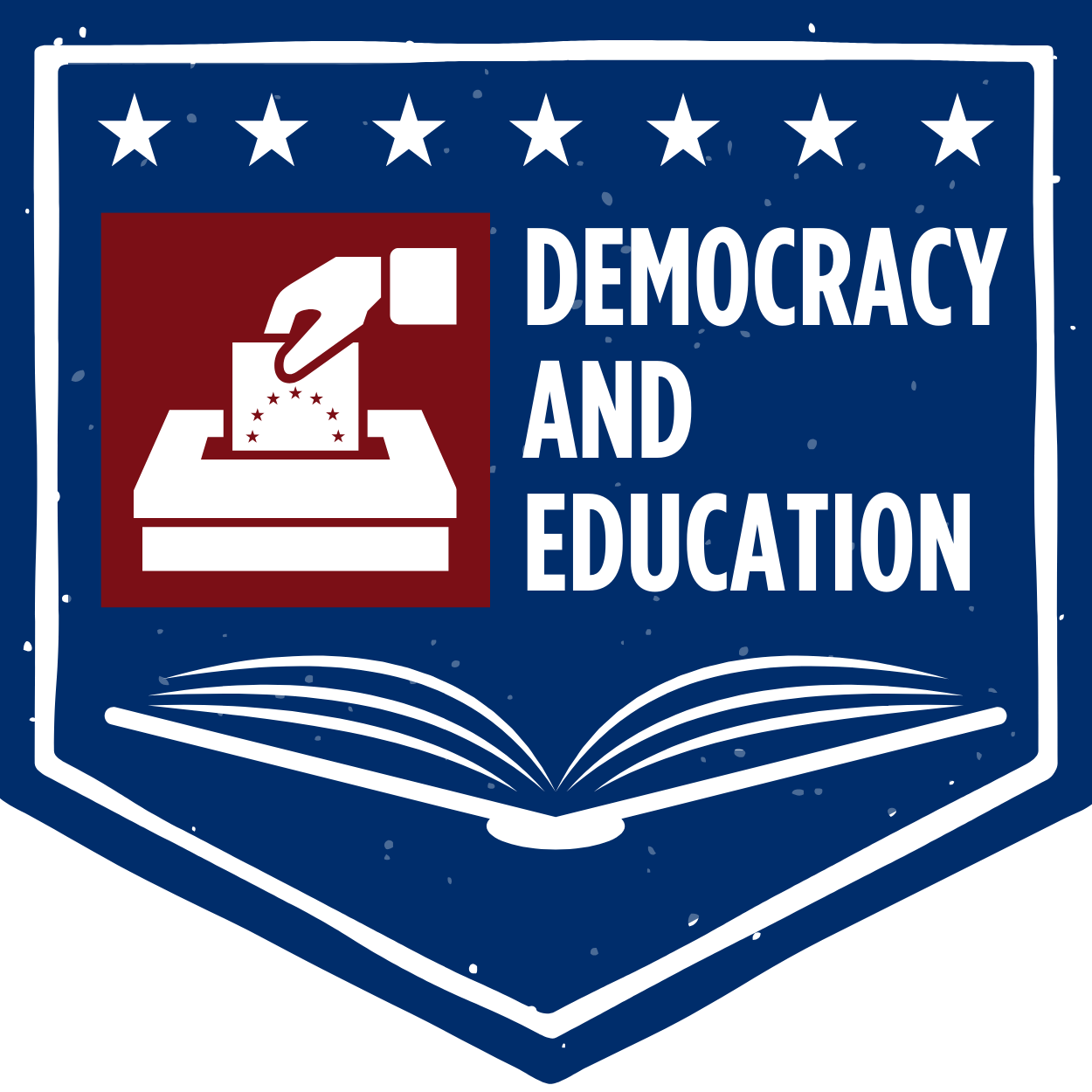Local School Boards
What School Board Candidates Need to Know
Photo by Element5 Digital on Unsplash
What School Board Candidates Need to Know
Overview
More than 88,000 school board members serve more than 13,000 local school districts, acting as the citizens’ voice in public education. They are the most numerous of all elected officials, and in many ways the face of small-d democracy. Their job is to safeguard the dreams of a community and the ambitions of children and families. They are expected to conduct themselves in ways that help promote not just the education of children but democratic values and democracy itself.
Background
Most local school boards are elected. A small percentage are appointed, but they too are accountable to communities, students, and families. School boards have great powers, but they are limited and subject to constraints found in the U.S. Constitution as well as their state laws and constitutions.
The work of local school boards is to set their districts’ vision and goals and then ensure that systems, policies, and resources are aligned so that every child receives an education that nurtures their development and prepares them for the future. In all their decisions, student outcomes should be the board’s primary focus. More specifically, local school boards hire and oversee superintendents; approve school budgets; set local school policies; and act as the liaison between the schools and the larger community, advocating for the resources that schools need. Some school boards set their own taxes, but often ask a city or county council to fund their budgets or ask voters to approve funding referenda.
School board members sometimes think their job is to manage the district. It isn’t. Other than hiring and overseeing the superintendent, they should not be involved in hiring or firing any staff member, and some states have clear legislation to that effect. In districts where unions represent teachers, school boards approve union contracts, but do not typically negotiate or implement them. While it may be tempting to micromanage, that can lead to corruption and cronyism. (In many school districts, the school system is the largest employer.) Keeping the lines clearly delineated prevents actual or perceived bias, criminal investigations, and legal fees that drain public monies intended to educate students.
Board members play a crucial role in monitoring the work of the schools, asking questions–mostly of superintendents. Such questions include what evidence the superintendents have for making the decisions they do, whether their decisions had the desired effect, and what they will do to adjust if the results are disappointing. School board members should be regularly monitoring student outcomes–including graduation rates; reading, math, and science achievement data; discipline data; and student, parent, and staff survey data. If some groups of children are performing significantly better than other groups of children, that is a signal that more questions need to be asked. What policies, systems, and procedures are obstructing progress for the students who are faltering? Is there a need for additional resources or do existing resources need to be reallocated? Is the superintendent focused on providing all students with an excellent education or only some?
Many new school board members are surprised at the workload and the constraints they work under. In addition to the regular meetings, they are often expected to serve on committees and working groups; meet with parents and community members; and serve as a liaison between the schools and other governmental bodies. Their meeting agendas often have items that have been determined years before, such as long-term investments in programming, professional development, construction projects, or periodic review of particular policies. Boards must work within a complex legal and regulatory environment governed by state and federal agencies, often linked to funding. And they are generally expected to do their work publicly. Most states have open meeting laws that prohibit school board members from meeting or communicating with each other outside of a public forum, except during announced executive meetings to discuss personnel matters or student disciplinary actions. And, except in the bigger districts (and sometimes even there), they do their work for little or no pay.
The workload comes as such a surprise that far too many newly elected school board members resign. The vacancy is then often filled by the current board. Typically, incumbents win about 75 percent of the time and somewhere between 25 and 40 percent of school board incumbents run unopposed. All of this means that far too many school board members have never run in a contested election, which in turn means too many school boards do not feel accountable to the majority of the public.
Questions to Ask in Your School District
How often are the meetings, what time are they, and how long do they last?
What additional obligations do school board members have?
Is there staff support?
What are the pay and benefits, if any?
What ethical standard governs determination of potential conflicts of interest?
For More Information:
Every state has an association of school boards, and most of them offer training for new school board members. Some also have good training for school board candidates that provides a clear view of what the job entails. Check out our state-by-state listing of campaign resources to learn more.
The National School Board Association spells out the responsibilities of school boards. Its newly established red-state rival, Coalition of State School Board Associations, also provides information and training.
Ballotpedia has an interesting round-up of information about school boards and school board elections.
The Essential School Board Book: Better Governance in the Age of Accountability, by Nancy Walser (Harvard Education Press, 2009) is due for an update but is still an excellent source of information.

